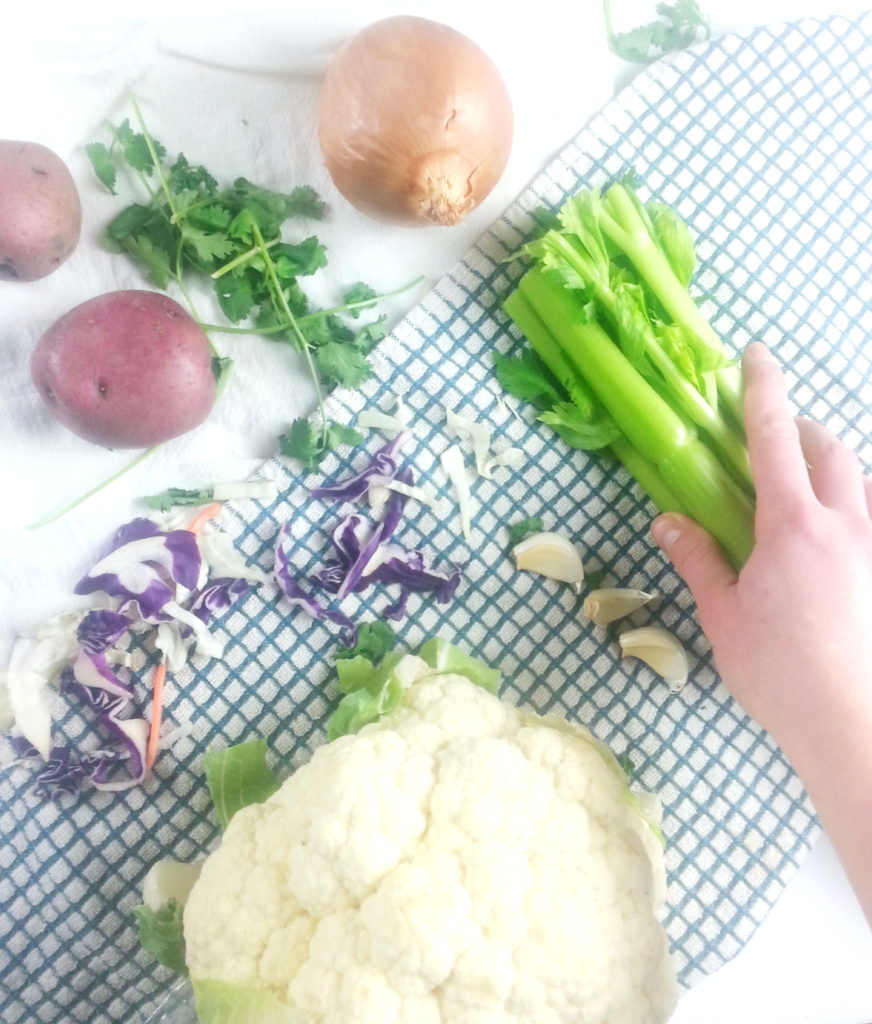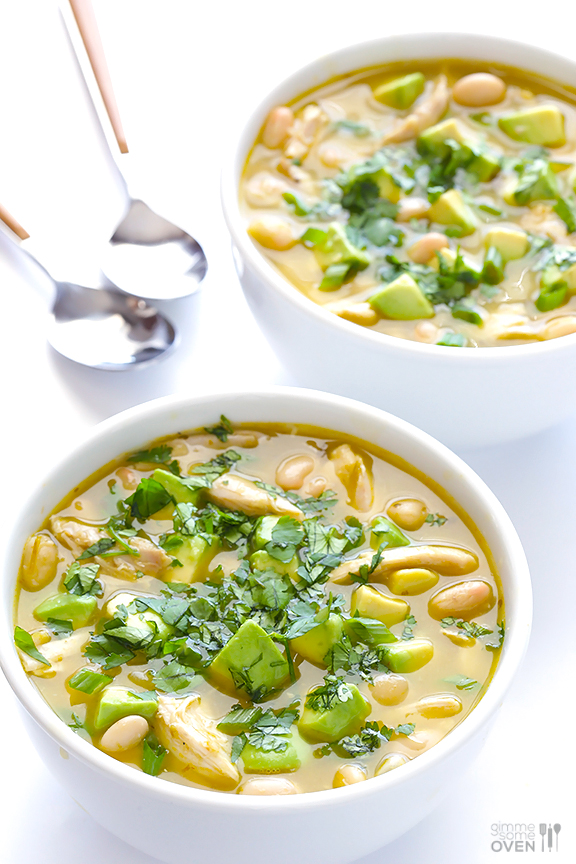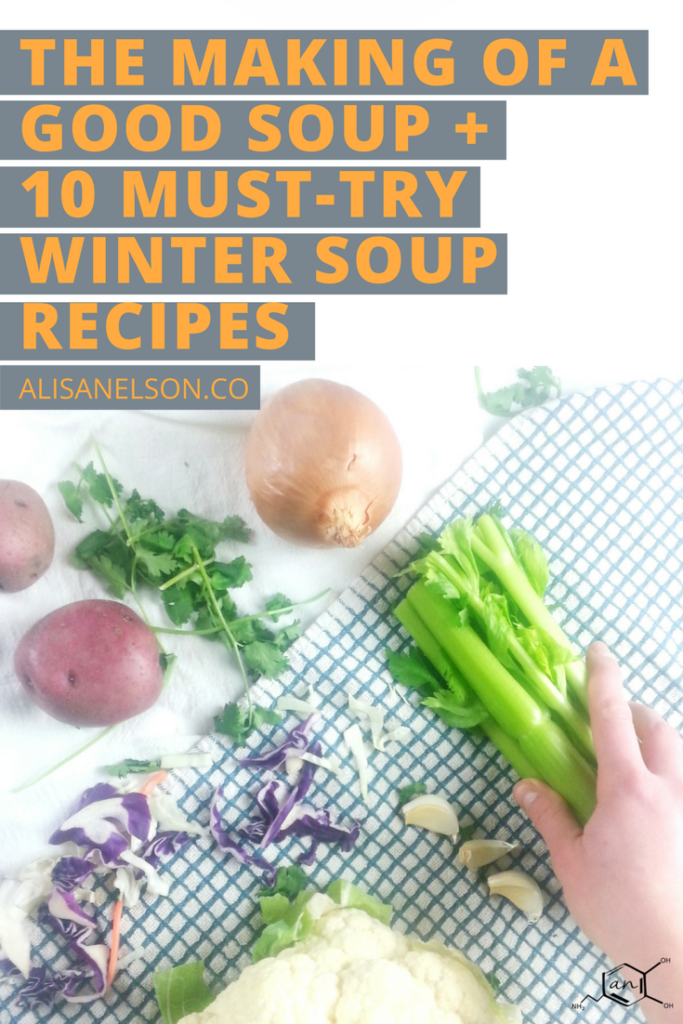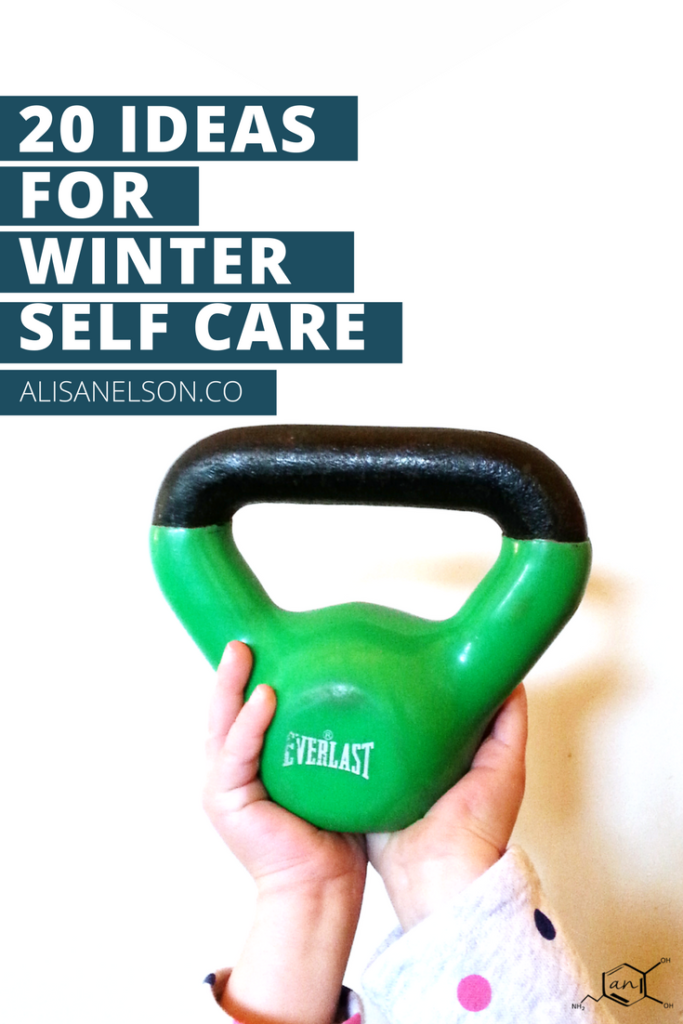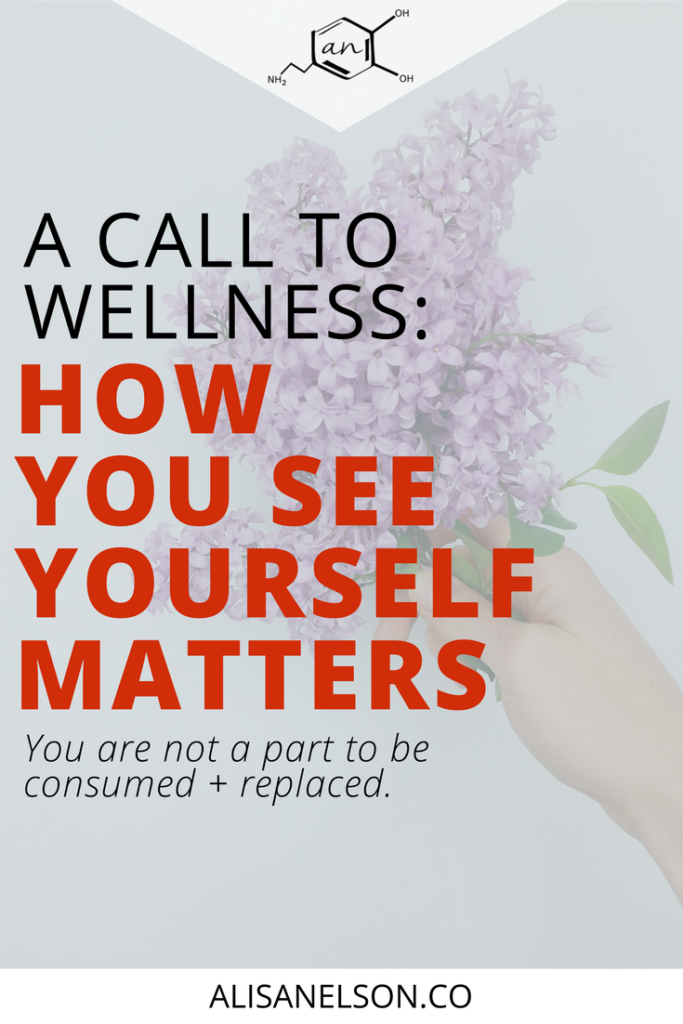Frey is back in school and I definitely enjoyed a more relaxed summer in terms of meal prep. Her school is nut-free (is that how it is everywhere?) and she eats both lunch and a snack at school (that we send with her).

How we eat at home
We don’t have any food sensitivities nor allergies so no special diet per se. However we do aim for nutrient dense foods and focus our efforts on protein, fiber, and healthy fat choices since simple carbohydrates are easy to come by.
We make 90% of our meals from scratch and near 100% is prepared at home. I put more of an emphasis on breakfast and dinner since the kids have been preparing their own lunches for a year or two. However dinner is where variety happens as we eat the same breakfast everyday and lunch is usually leftovers or pb&j. We don’t really do snacks generally speaking unless we are traveling (though I keep cheese sticks, fruit, raw veggies, and cliff bars on hand for grab-and-go foods when we have afternoon plans and need finger-food lunch). Otherwise the food in our fridge / cupboards is for cooking.
Since starting work last year I’ve had to rethink our food prep a bit since I’m no longer home during the day to take care of it. In reality this means our meals have gotten even simpler. Things are changing up again now since school has started and the weather is shifting (into more soup and slow cooker friendly temperatures).
Feeding Frey
I have 3 conditions for food as Frey transitions back to eating away from home:
1. keep prep simple
2. maintain high nutrient density
3. increase autonomy in her food choices
Toward the end of last year Frey was itching for more variety and was asking for hot lunch. We changed up a few things to help her finish the year but come August I started looking for ways to give her what she wanted (without paying for school lunch she probably wouldn’t eat).
As I mentioned, her school is nut free. It’s smart – reduces risk for other kids. But Frey has eaten a pb&j for lunch most days since she was 2 years old. Would’ve been nice to not have to think about it. But I do and so here I am sharing about how I’m planning to maintain density without adding a bunch of food prep to my plate.
Breakfast
Very simple: egg bake and I’m often switching between muffins, baked oatmeal, and waffles.
Our day starts a lot earlier than the kids are used to so keeping their breakfast as familiar as possible – and already prepared – has been essential.
Our egg bake is super simple – I can’t remember where I got it. I’m sure I used some pinterest recipe as a framework.
18 eggs beaten with 1 cup coconut milk, salt and pepper to taste
1/2 pound breakfast turkey sausage, cooked
4 oz cheddar cheese
Spray a pyrex dish (9×13) with olive oil, add all ingredients.
I stick it in the oven Monday morning when I wake up. It’s ready in about 40 min (at 375 degrees).
As for the baked oatmeal, last year we’d prepped tons of apples in August so I used frozen apples to make this one:

Our mods:
- Doubled the recipe to get enough for the whole week
- Throw in an extra 1/2-1 cup apples and 1/2 cup milk to make up for not having applesauce.
- Swapped walnuts for almonds and reduced the quantity (essentially we just didn’t double it like all other ingredients).
- We’ve also added zucchini (with a bit more milk) and we’ve swapped out apples for pumpkin puree (using pumpkin spice but the rest is the same).
Since we don’t have apples this year I’m using a mixture of applesauce and raw apples. I also add in pureed butternut squash or pumpkin to get a good moisture level.
We also like these waffles and these muffins. I’ve done shredded apple and squash for the muffins.
Lunch
Here’s where I’ve done the most thinking. Have you noticed that most foods geared toward kid’s lunches are either fruit or dairy based? I’ve got nothing against either category, but when it comes to picking quick things for Frey to eat (she doesn’t get very much time) I’d like a bit more than simple sugars and low-fat dairy products.
She did a little investigating while at school to see what other kids were eating and use it as inspiration for what she might want to bring. She happily informed me that Sun butter is acceptable and has also shown the most interest in yogurt. Now it’s my turn to round out her meals so she is getting a good amount of protein, healthy (as unprocessed as possible) fats, and complex carbohydrates. A lot of grab-and-go foods that also claim nutrient density are based on nuts, so it’s taken some time but I think I’ve landed on something.
She is mainly switching between a few lunches:
- Leftovers! I bought this Thermos and she’s used it so far for leftover tacos and curry.
- Sun butter and honey (or jelly) sandwich with a piece of fruit and raw veggies.
- Yogurt with berries
Snacks
Snacks have been surprisingly difficult – she eats lunch before 11am so her snack needs to be substantive enough to keep her focused, energized all the way until home by 4pm. Again, most store bought options are fruit or dairy based. Nutrient dense options are all nut based.
I want to keep meal prep easy so this week I’m trying Pioneer Woman’s Homemade Aussie Bites. We got the Costco version during our summer road trip but they were a little sweeter than I wanted. Both kids liked them
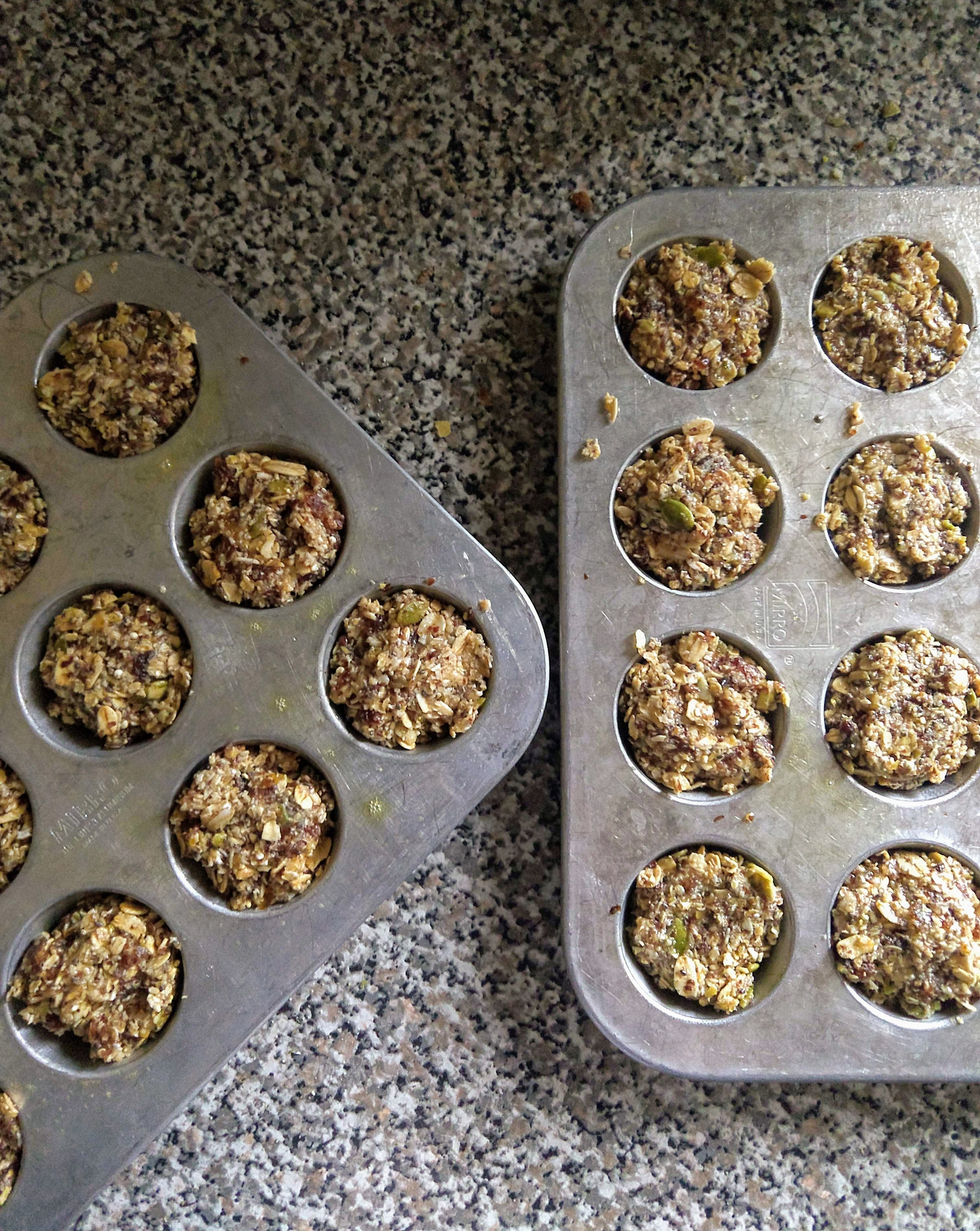
I doubled the recipe and switched out sunflower seeds and butter for chopped pumpkin seeds and coconut oil, respectively. I also didn’t fully double the honey and skipped coconut flakes. Overall took a whopping 10 minutes to put together (including grinding oats to flour and chopping up the pumpkin seeds and apricots in my food processor).
Dinner
Here’s where we eat most of our vegetables for the day.
Throughout the fall and winter we eat a lot of soup, chili, stir fry, and tacos with as many vegetables as I can fit in. There are a couple of times each week when I’m not home until late — Eric and the kids handle dinner those nights, I just leave a recipe behind. I haven’t really needed to do much for meal planning except for a short refresh of my mental options when the weather changes. Essentially, I keep our fridge stocked with vegetables that are good for a variety of soups or favorites for roasting. As the weather cools I usually slow cook a large quantity of meat (chicken thighs, roast beef, pork shoulder) at the beginning of the week to have with roasted veggies throughout the week.
I wouldn’t say I’ve got a particularly novel plan for dinner — during this season I’m not really trying new things. But we’ve accumulated some favorites over the past several years that add variety without much thought required. The best thing I’ve done for our meal planning is develop a framework for meals. I saw it written out for the first time in the book Bread and Wine. But I’d been doing it subconsciously longer than that. Basically, instead of planning specific meals, I have categories of meals for each day of the week. I.e. Taco Tuesday. It’s not always “tacos” but some variation at least. This adds an automatic filter to my mind when I’m thinking about what to make for dinner…narrowing the possibilities and working from a template makes improvisation a lot easier.
There is also a general trend of more involved cooking at the start of the week and faster meals as we near the weekend. That’s usually because the soup and meat I make on Sunday and Monday lasts for lunches through the week and we can improvise a bit more Wednesday and Thursday if I don’t have a meal already in mind — leftovers if we have them or else a quick rice bowl. And we always make our own pizza on the weekend…1 pesto and 1 pepperoni.
One last note:
While not having a plan or forgetting to pull out things from the freezer is frustrating, I don’t do a whole lot of food prep. [[Occasionally I’ll chop veggies on Sunday so they are ready for soup / roasting later in the week…but that’s usually because I’ve run out of fridge space and broccoli takes up less spaced once chopped.]] Instead, I’ve developed enough comfort in the kitchen where making dinner after a long day of class and work is relaxing. I’ll listen to a book or just to the melodic sound of chopping brussel sprouts. It’s recovery. And I’ve already used it a number of times as a moment of self-care before returning to studying.

